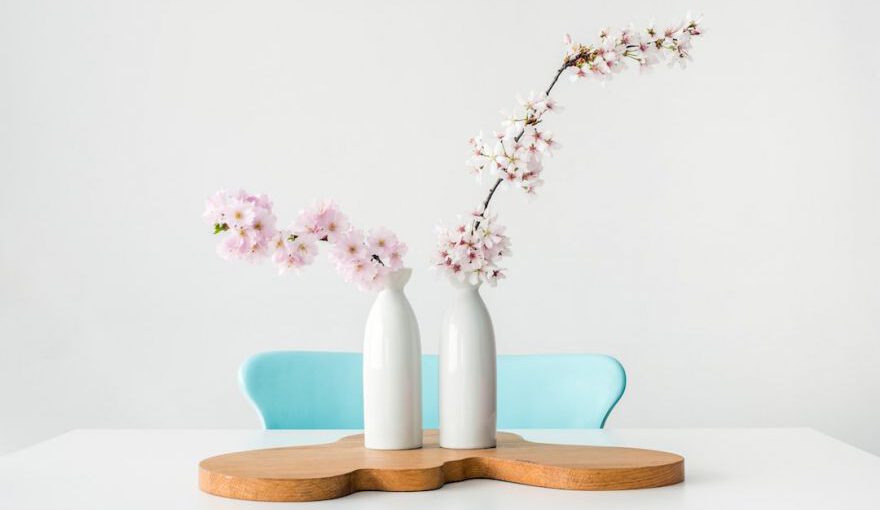Understanding Japanese Home and Kitchen Design
Japan is known for its unique and minimalist approach to design, which is evident in its home and kitchen spaces. Japanese homes are often characterized by their simplicity, functionality, and attention to detail. In this article, we will explore the key elements of Japanese home and kitchen design, and delve into the cultural and aesthetic influences that shape these spaces.
The Influence of Zen Philosophy
Zen philosophy plays a significant role in Japanese design, including home and kitchen spaces. Zen emphasizes simplicity, mindfulness, and a focus on the present moment. This philosophy is reflected in the clean lines, uncluttered spaces, and minimalistic aesthetics commonly found in Japanese homes. The idea is to create a peaceful and harmonious environment that promotes relaxation and tranquility.
Open Floor Plans and Multi-Purpose Spaces
One prominent feature of Japanese home design is the use of open floor plans and multi-purpose spaces. Traditional Japanese homes often have sliding doors, known as shoji, that can be opened or closed to create different configurations within a space. This flexibility allows for seamless transitions between different areas and promotes a sense of flow and interconnectedness.
In the kitchen, this concept is often seen in the integration of dining and cooking areas. Japanese kitchens are designed to be efficient and compact, with everything within reach. The layout typically includes a central cooking area surrounded by low countertops and open shelving for easy access to utensils and ingredients. This design promotes a communal atmosphere where family and friends can gather and interact while meals are being prepared.
Natural Materials and Earthy Tones
Japanese design is heavily influenced by nature, and this is evident in the choice of materials and color palettes. Natural materials such as wood, bamboo, stone, and paper are commonly used in Japanese homes and kitchens. These materials not only evoke a sense of warmth and organic beauty but also contribute to the overall sustainability and eco-friendliness of the space.
Earthy tones such as beige, brown, and muted greens are often favored in Japanese design. These colors create a soothing and grounded atmosphere, further enhancing the connection to nature. Accents of black are also used to add contrast and depth to the overall aesthetic.
Minimalistic Storage Solutions
Japanese homes and kitchens are known for their minimalistic storage solutions. The principle of minimalism is applied to ensure that only essential items are kept, while everything else is carefully organized or hidden away. Built-in cabinets, sliding doors, and hidden compartments are commonly used to maximize space and maintain a clutter-free environment.
In the kitchen, this translates to efficient storage systems that make use of every available inch. From pull-out drawers for pots and pans to hanging racks for knives and utensils, every aspect of the kitchen is carefully planned to optimize functionality and minimize visual distractions.
Balancing Form and Function
Japanese design places a strong emphasis on the balance between form and function. While aesthetics are important, practicality and usability are equally valued. Japanese homes and kitchens are designed to be highly functional and efficient, without sacrificing beauty.
From the layout of the kitchen to the choice of appliances and fixtures, every element is carefully considered to ensure optimal performance and ease of use. This attention to detail is what sets Japanese design apart and creates spaces that are both visually pleasing and highly functional.
Conclusion: A Harmonious Blend of Tradition and Modernity
Japanese home and kitchen design is a harmonious blend of tradition and modernity. It is a reflection of the country’s rich cultural heritage and its forward-thinking approach to design. By incorporating elements of Zen philosophy, open floor plans, natural materials, minimalistic storage solutions, and a balance between form and function, Japanese design creates spaces that are not only visually appealing but also promote a sense of harmony, tranquility, and functionality. Understanding and appreciating these key elements can inspire us to create our own spaces that are both beautiful and functional.





